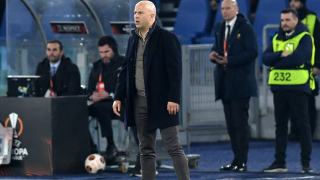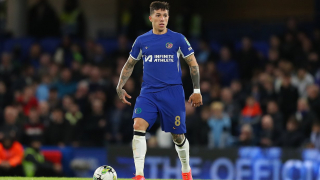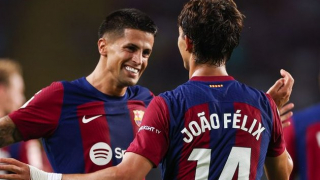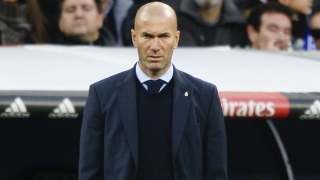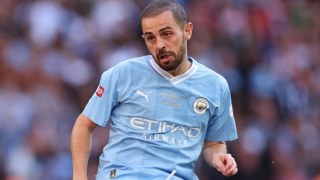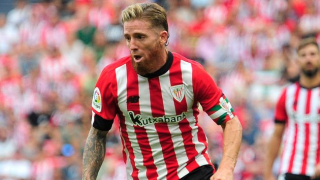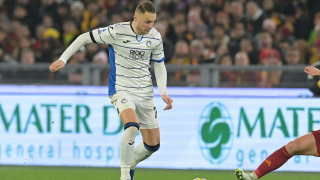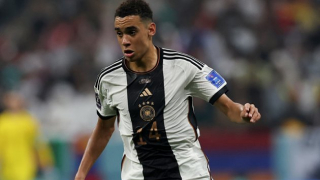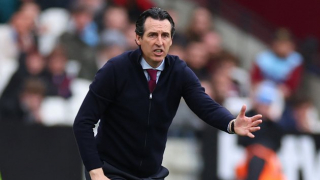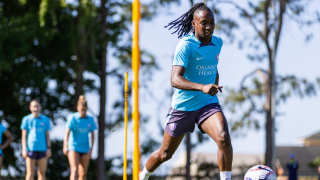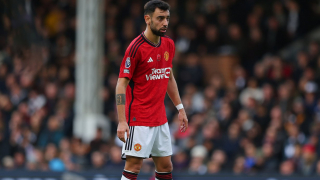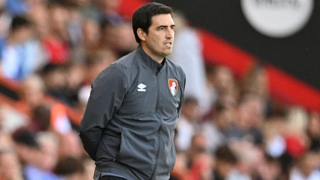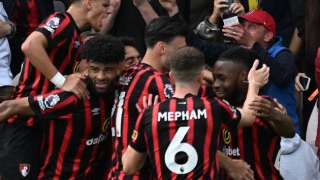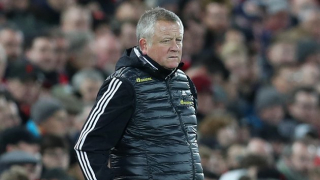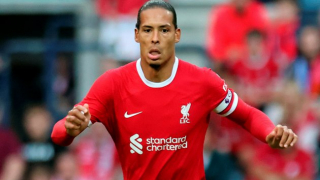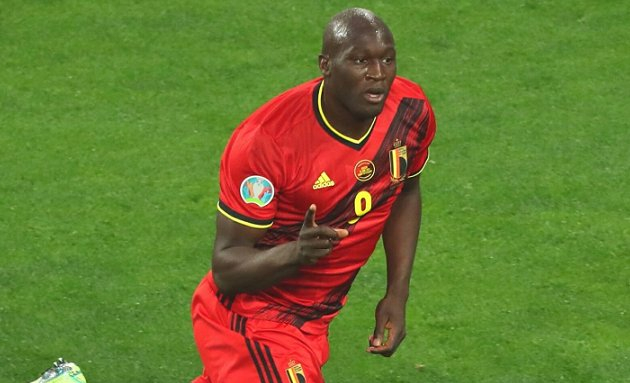Seven years after he left Chelsea, Romelu Lukaku returns. During his previous spell at Stamford Bridge, the Belgian was a youngster learning his trade. He enjoyed prolific loan spells at West Brom and Everton, but couldn't break into his parent club's line-up. Now, however, he is the finished article: a rounded goalscorer who, at 28 years old, is in the prime of his career.
Lukaku is widely considered one of the world's finest strikers, alongside the likes of Harry Kane, Kylian Mbappe and Robert Lewandowski. Here, we take a look at how he will change Chelsea's attack and bolster their hopes of a Premier League title challenge this season.
What type of striker is Lukaku?
Standing at 6ft 3in and with a powerful frame, Lukaku has been miscast as a target man in the past. In reality, while he does provide aerial threat, he is a versatile striker. He can play as a lone striker or in a partnership, which he did terrifically well alongside Lautaro Martinez at Inter Milan. He can play effectively facing towards goal, or with his back to it. He can combine with teammates, or conjure up something on his own.
With strength and control, he is an excellent focal point for direct passes to feet, holding off defenders before bringing teammates into play. Lukaku is almost impossible to dispossess in these situations, giving his team an out-ball to get up the pitch. Even if the support doesn't come, he has the ability to out-manoeuvre a defender and work a shot for himself.
Due to his strength and speed, Lukaku is also a dangerous counter-attacking option. The ball up to him doesn't need to be precise – so long as it is in his general direction, he can out-muscle defenders to gain control of it. However, while he relishes the physical contact, he will regularly pull towards the right wing in transition, try to find space outside of the defender and go one-against-one, driving inside onto his preferred left foot to shoot or, unselfishly, set up someone else.
Lukaku offers a lot through his hold-up and counter-attacking play, but he is primarily a penalty box finisher. Most of his goals come from being in the right place at the right time, with intelligent movement to get on the end of crosses and balls in behind. He can score with either foot or in the air, and his conversion rate has generally been between 21% and 25% the last five seasons. That means he tends to find the net once for every four or five shots he takes.
How does Lukaku compare to Werner and Abraham?
Chelsea's striking options last season were Timo Werner and Tammy Abraham. However, the former came under fire for poor finishing from good scoring positions, and the latter is heavily linked with a transfer to Roma. Lukaku immediately bumps both down the pecking order.
Werner may offer more in terms of speed and runs in behind, but Lukaku is significantly better with his back to goal and is more of a scoring threat than Werner. Not only is he more consistent in the penalty area, but he possesses more power when it comes to shooting from outside the box. Abraham rivals him, perhaps even eclipses him as an aerial target, but that's about where the 23-year-old's advantages end.
Last season, Lukaku took more shots than both Werner and Abraham, and scored at a higher rate too. Furthermore, he dribbled more frequently and he set up more shots for his teammates. There is not one single aspect of forward play in which Werner or Abraham noticeably overshadow Lukaku. To summarise: Chelsea are massively upgrading their attacking options.
How Lukaku will change Chelsea's attack
In a recent interview with Sky Sports, Chelsea boss Thomas Tuchel described the qualities that Lukaku would bring to his team. "Romelu is...a real No.9 who loves to score and has a presence in the box," he said. "[His] is the kind of profile we're looking for."
Tuchel, in that same interview, also talked about the qualities his side had missed since the departure of Olivier Giroud, including back-to-goal play, physicality, and creation of space for others like Werner, Kai Havertz and Christian Pulisic. Lukaku would tick all of these boxes, and he would offer Tuchel lots of options for his preferred formation.
Chelsea currently set up in a 3-4-3, with flexibility in the arrangement of the front three. Sometimes it's two No.10s behind a lone striker, sometimes it's two quick players either side of a false nine like Kai Havertz, and sometimes it's two strikers with a single 10, like Mason Mount, roaming around.
Lukaku fits all of these arrangements. He should provide a more central focal point, allowing Havertz more freedom to wander and distracting attention away from Werner, who likes to make runs between defenders from the left side. There's also the possibility that, for games where Chelsea are counter-attacking, Lukaku and Werner could play as wide forwards cutting in from the right and left respectively, while Havertz or Mount connect the dots.
Offering a more direct option and enhancing Chelsea's counter-attacking play, Lukaku will also improve their potency in the penalty box. Considering the quality of supply from wide of Reece James, Cesar Azpilicueta and Ben Chilwell, not to mention the runs and interplay he will likely find from Mount, Werner, Havertz, Pulisic and Hakim Ziyech buzzing around him, he will not be short of supply.
Lukaku's first spell at Chelsea was defined by loan spells and lack of opportunity. His second spell is instead likely to be defined by goals, physicality, clever runs, speed and hold-up play. Tuchel's attack will be significantly better off for it.

